In Photos: Ancient King's Mausoleum Discovered in China
Jiangdu mausoleum
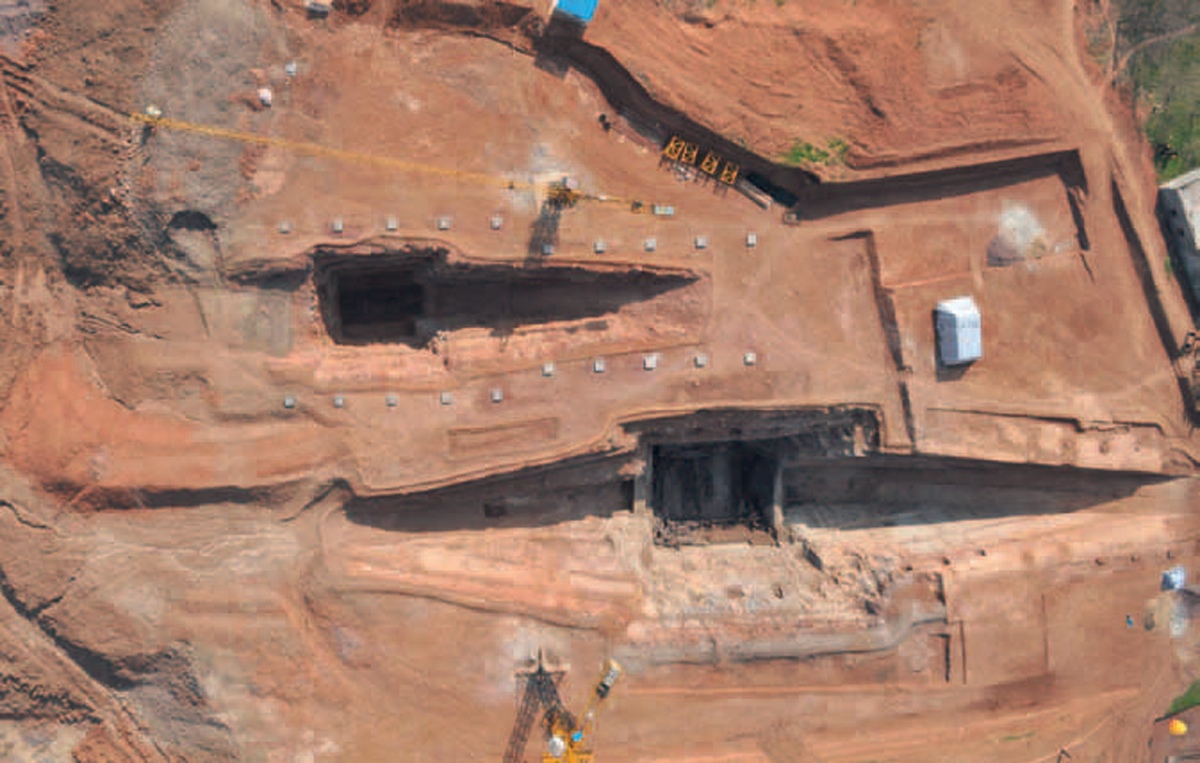
Archaeologists in China have discovered a mausoleum, dating back over 2,100 years, that contains three main tombs, 11 attendant tombs, two chariot-and-horse pits, two weapon pits and the remains of a wall that encompassed the complex. The mausoleum was built for Liu Fei (died 128 B.C.), who ruled a kingdom called Jiangdu that was part of the Chinese empire. This image shows Liu Fei's tomb at bottom and an adjacent tomb, for an unknown individual, at top.
Liu Fei's tomb
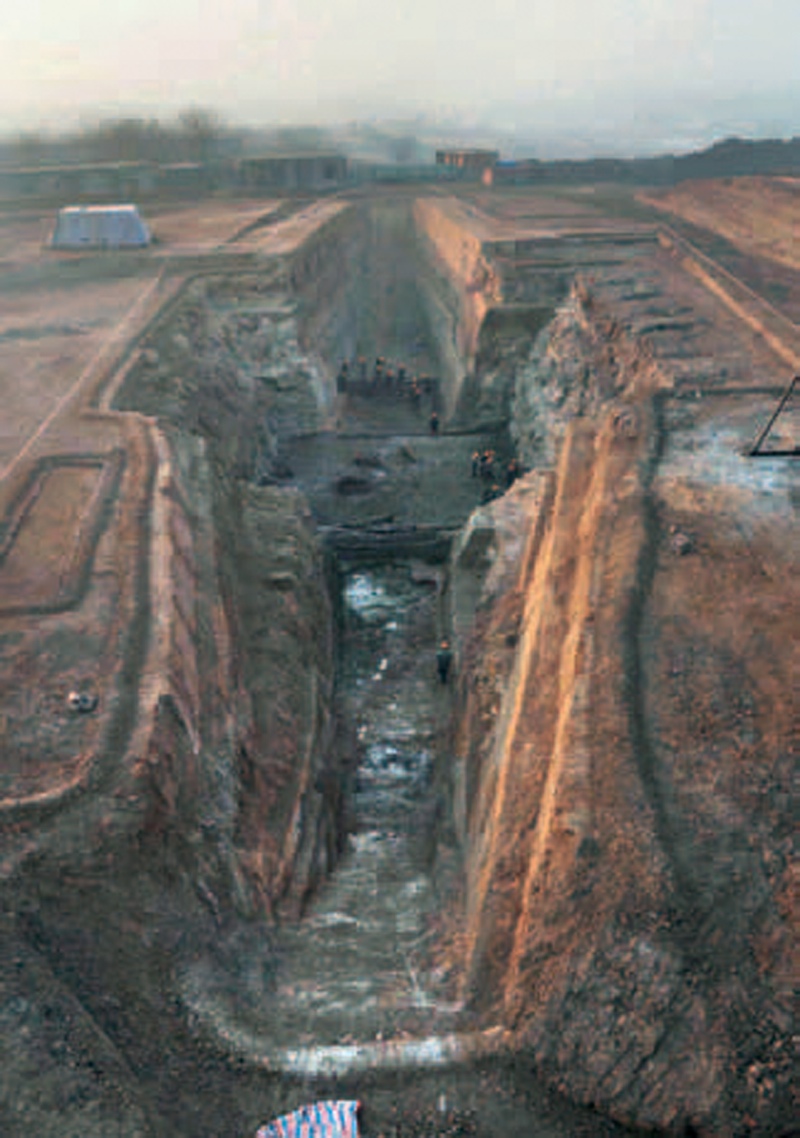
Liu Fei's tomb, seen here, has a shaft on the north and a shaft on the south, which led down to the burial chamber. The burial chamber in turn contains a number of smaller corridors and chambers. In this image numerous modern-day workers wearing orange hard hats can be seen.
Deer lamps
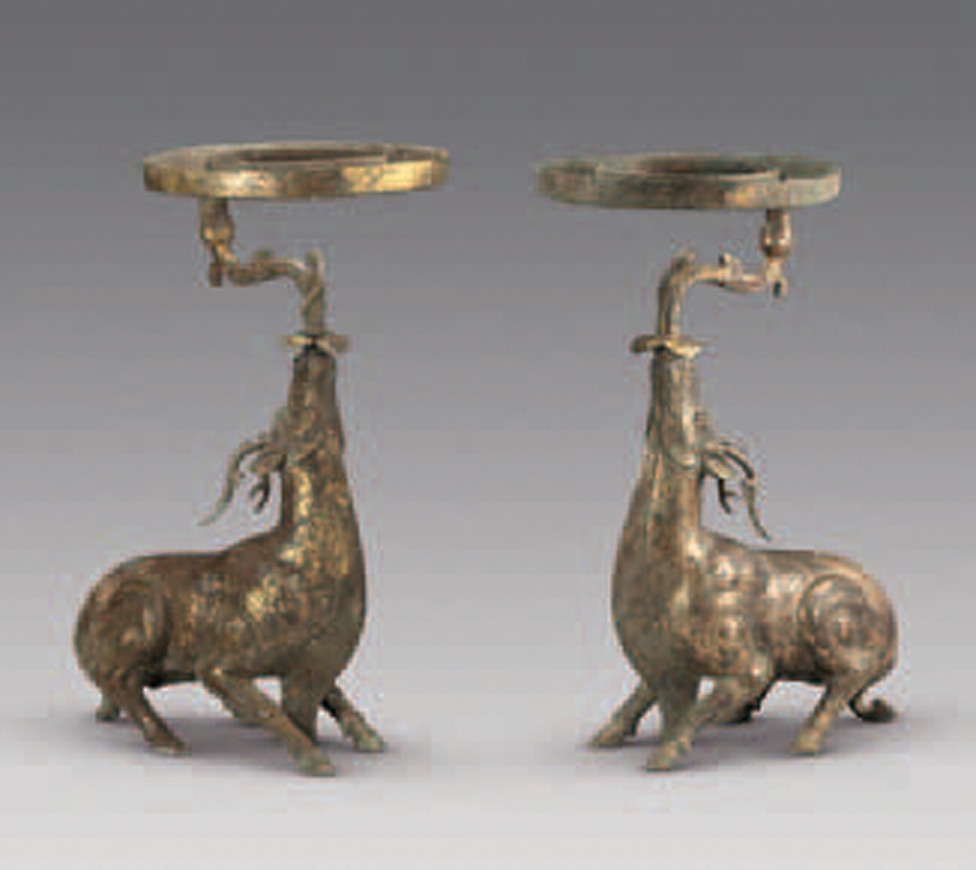
Liu Fei's tomb alone contains about 8,000 artifacts, including treasures made of gold, silver, jade and lacquer. Here, two bronze lamps, in the shape of deer, which are gilded with gold.
Chime bells
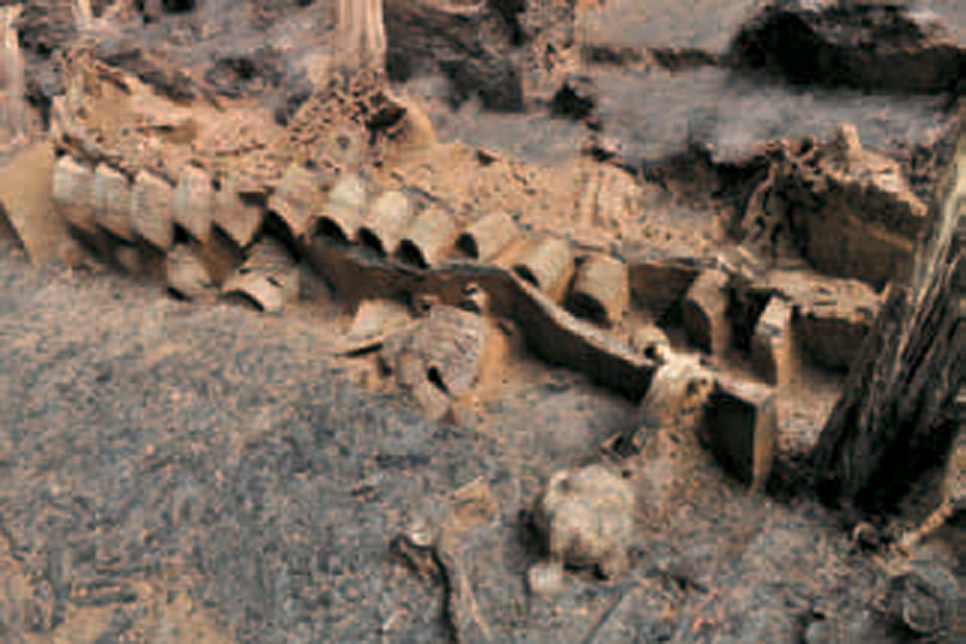
The tomb also includes musical instruments, such as chime bells (shown here), which were found accompanied by monster-shaped rack stands and dragon-shaped racks.
Monsters
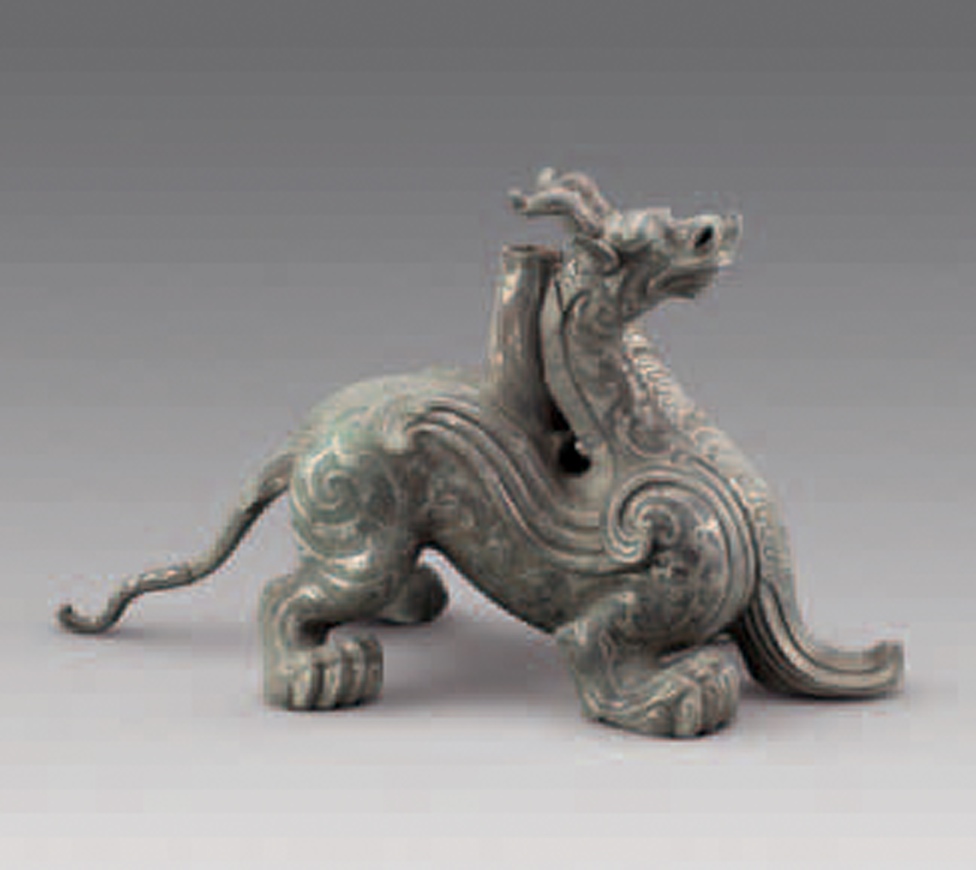
This monster-shaped rack stand, made of bronze and inlaid with silver, accompanies the chime bells in Liu Fei's tomb.
Banliang coins
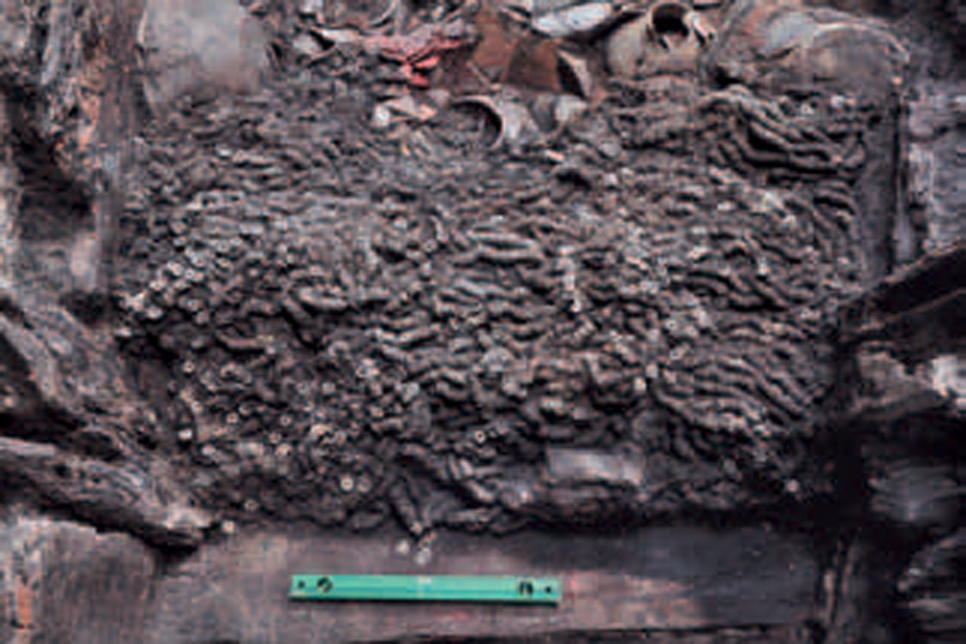
Liu Fei’s financial needs, for the afterlife, were provided for with a "treasury" of over 100,000 banliang coins, seen here. These coins contain a square hole in the middle and were created when China was unified under the first emperor, who died 210 B.C. After the first emperor's death these coins eventually fell out of use.
Tomb treasure
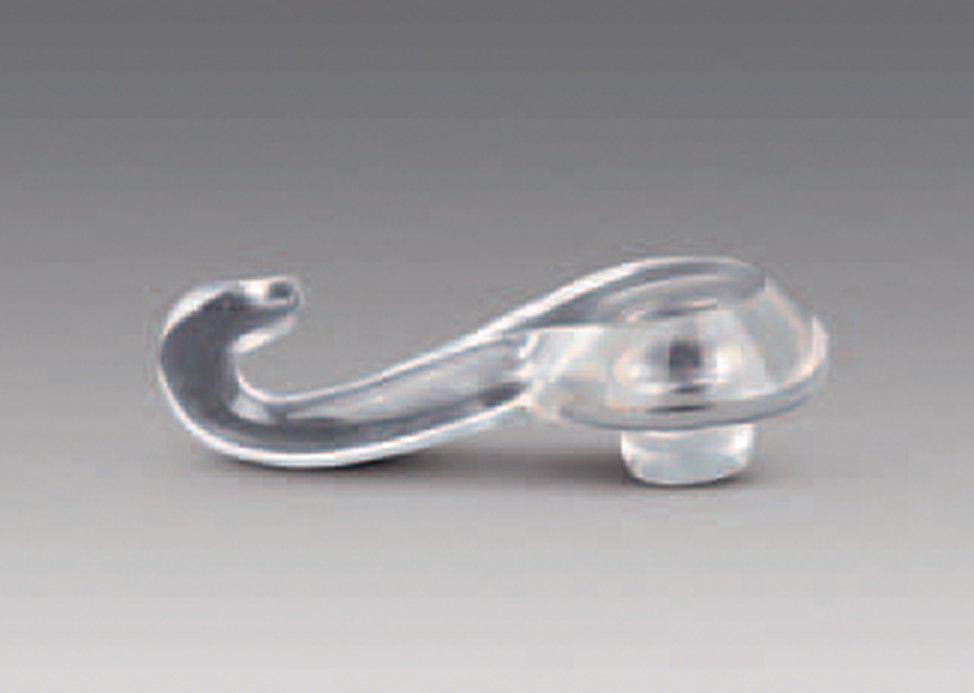
This crystal belt hook was another treasure found in Liu Fei's tomb.
Sign up for the Live Science daily newsletter now
Get the world’s most fascinating discoveries delivered straight to your inbox.
Gilded elephant
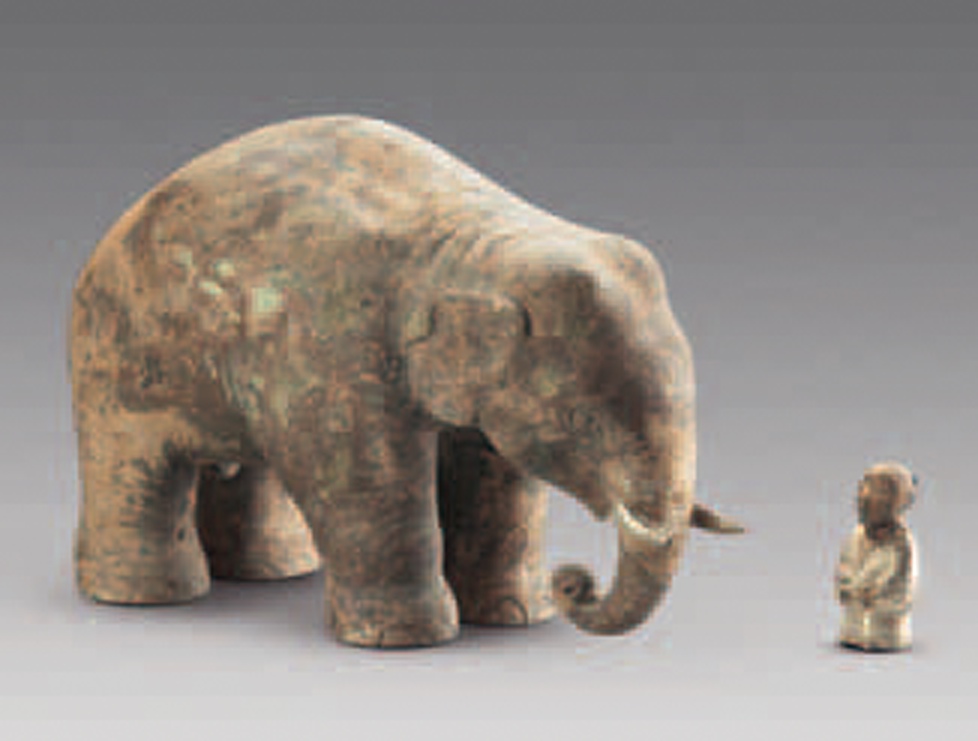
This gilded bronze sculpture, found in Liu Fei's tomb, shows an elephant and its mahout, the person who works with, tends and rides the elephant. During the second century B.C., China had contact with groups in Southeast Asia where elephants could be found.
Bronze sculpture
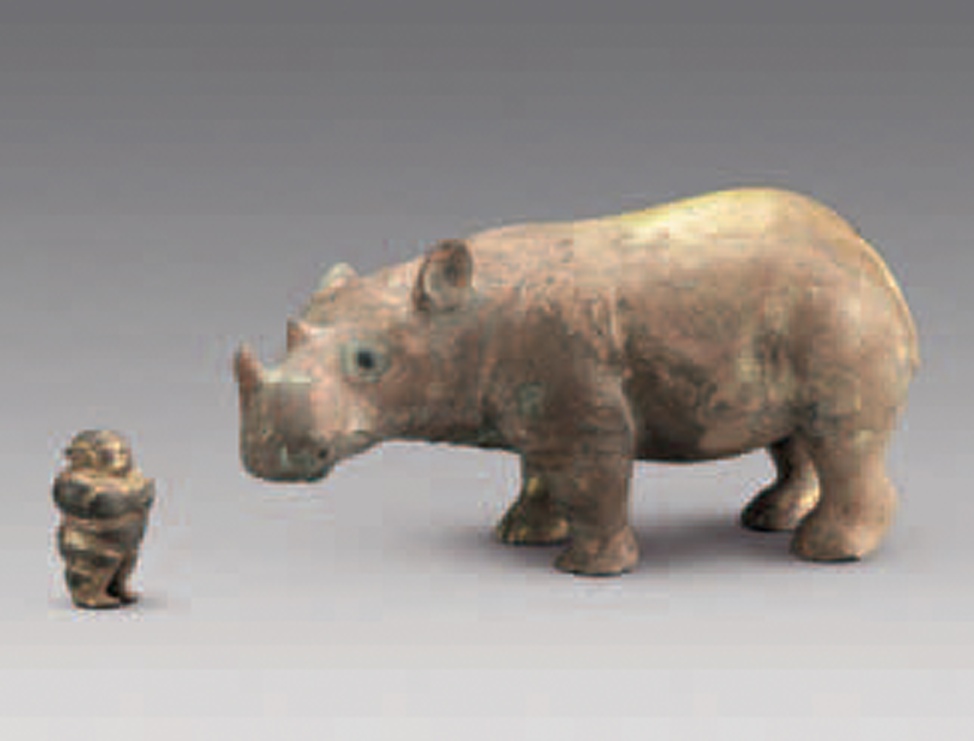
Another gilded bronze sculpture from Liu Fei's tomb, this one showing a rhino and its groomer.
Mat weight
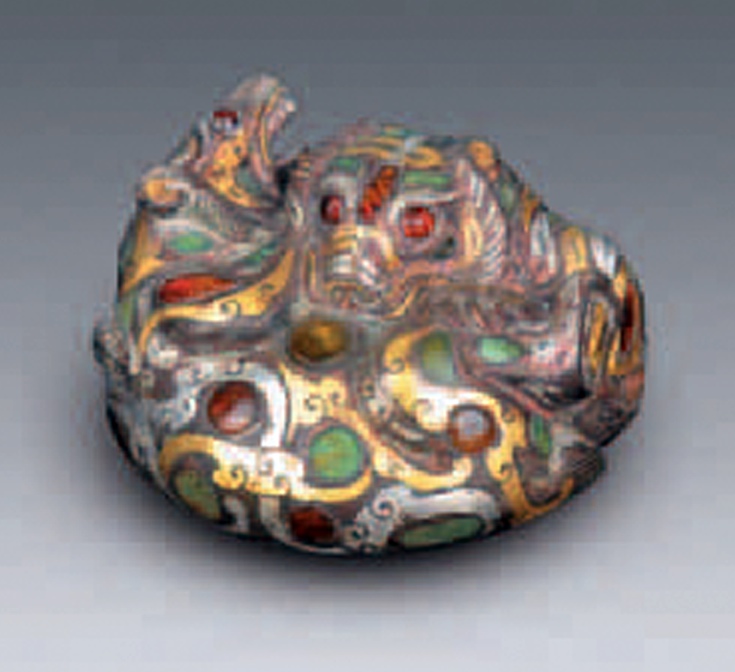
This bronze mat weight was found in the tomb adjacent to Liu Fei's. It contains inlaid gold, silver and gemstones.
Jade coffin
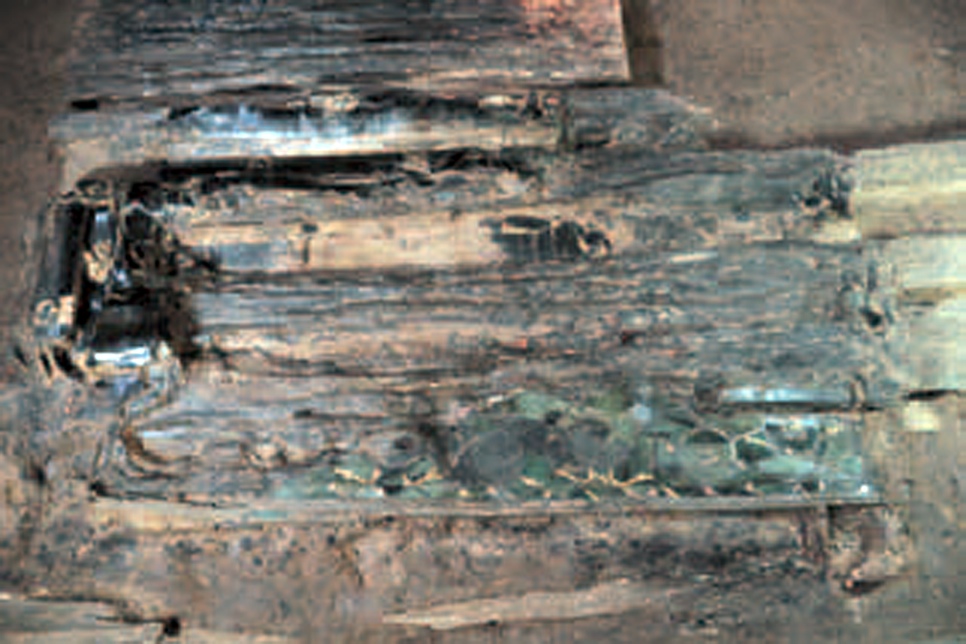
This jade coffin was also found in the tomb adjacent to Liu Fei's tomb. The identity of the person who would have occupied it is unknown.

Owen Jarus is a regular contributor to Live Science who writes about archaeology and humans' past. He has also written for The Independent (UK), The Canadian Press (CP) and The Associated Press (AP), among others. Owen has a bachelor of arts degree from the University of Toronto and a journalism degree from Ryerson University.









